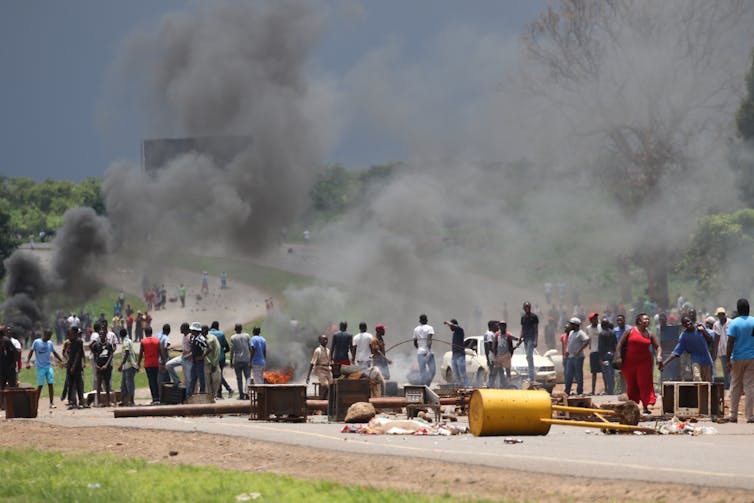By John Fraser

Top global talent is willing to help close SA’s chronic skills gap, but is it often impossible for international executives to move and work here.
This is the claim of Debbie Goodman-Bhyat, CEO of Jack Hammer, Africa’s largest independent executive search firm.
“Internationally-based executives and entrepreneurs continue to inquire about career opportunities in South Africa, despite the challenges facing the country, including political uncertainty and crime,” she stated.
“South Africa remains a very attractive destination for global talent
“But even though these high-level leaders are in a position to drive growth and job creation locally, the current policy environment makes it almost impossible for them to do so.”
Goodman-Bhyat said that since the expansion of her operations into the US, they have been approached by highly-qualified and experienced executives and entrepreneurs about a potential move or expansion into South Africa.
“Unfortunately, they come back to earth really quickly when we share the realities of attempting such a move, because even once they have gone through the arduous process of applying for a work permit, the chances of them securing one are minuscule,” she warned.
jack Hammers says that in 2016, the Department of Home Affairs noted that “South Africa has not yet put in place adequate policies, strategies, institutions and capacity for attracting, recruiting and retaining international migrants with the necessary skills and resources”.
However, it fears that the situation remains the same today, with a recent report from the Human Sciences Research Council (HSRC, June 2018), noting that South Africa is unable to find the critical skills which are desperately needed.
“Note here that we are talking specifically about people who bring scarce skills, resources and capital, who will, in fact, grow the economy, create jobs, and contribute to the fiscus by way of taxes,” said Goodman-Bhyat.
“These are people who are motivated to invest their resources in the country, and have the potential to balance the impact of the brain drain, that continues to flow offshore.”
Goodman-Bhyat noted that top talent is global – meaning that the best talent is very mobile – and that the most competitive companies will secure this talent, from wherever they may be in the world.
“The ability of companies to do this is, however, completely dependent on whether the relevant policies are enabling or dis-enabling. In the case of South Africa, attracting global talent is a very long, steep, uphill battle.”
The recent enquiries from abroad are further evidence that South Africa is losing out on high-quality talent.
“Despite our challenges, the grass is still pretty green this side. Our cost of living, quality and cost of education, access to some of the best lifestyle-related assets in the world – these are very attractive factors to some of the best intellectual capital out there. If you had to compare all of this to working and living in San Francisco, for example, it’s an absolute no-brainer to want to work in SA.,” Goodman-Bhyat argued.
“We have to start looking at the big picture. Addressing transformation and employment equity can happen alongside a willingness to be open-minded and attract great talent – the two are not mutually exclusive. Yet at the moment, we are ignoring – even actively shunning – the intellectual capital that can contribute to the growth of the country.
“South Africa must realise that it is losing out to other countries seeking to attract critical skills, and understand the impact of doing so. Yes, the country finds itself at a difficult junction right now, and this might not seem like the most pressing issue.
“But if stabilising the economy, and ensuring future economic growth and job creation really is a priority, then getting the brightest brains to join the project will be a help, not a hindrance.”
President Cyril Ramaphosa has routinely said that SA wants to make it easier to do business in this country. However, the government’s actions have yet to match the rhetoric.
Like this article? Subscribe for free to ZA Confidential to receive our newsletters: Click here



